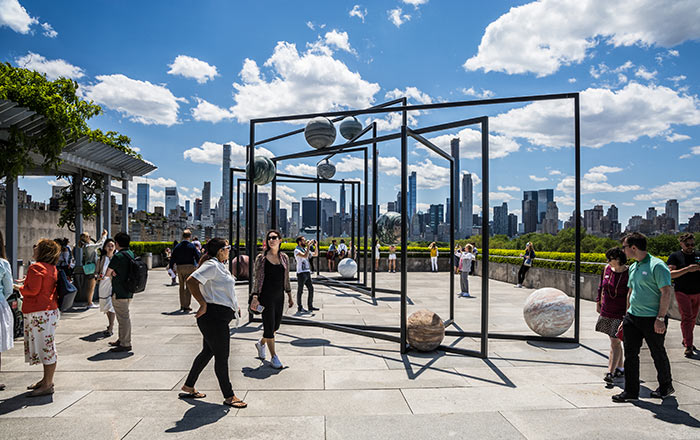Lorgnette
Designer Wiener Werkstätte
Not on view
The concept behind the Wiener Werkstätte was part of a much larger movement towards collaborative guild-style workshops, beginning with the Arts & Crafts movement in Britain. It was founded in 1903 by Josef Hoffmann and Koloman Moser, with the backing of a prominent businessman and patron of the arts, Fritz Waerndorfer. The Wiener Werkstätte believed in hiring well-trained craftsmen, making their products more expensive than those created, for instance, by C. R. Ashbee’s Guild of Handicrafts in England. Hence the Wiener Werkstätte’s clientele were often members of the Viennese elite.
Jewelry and related accessories were especially prized as outward symbols of artistic independence. Precious stones were rarely employed, since the value of the object was in the craftsmanship rather than in the materials. The design of this lovely lorgnette consists of a scrolled pattern of silver foliate motifs surrounded by a beaded border and with irregular natural pearls set into each side. Although unmarked, the scrolling design is reminiscent of the work of Carl Otto Czeschka (1878–1960), the Austrian painter and designer closely associated with the Wiener Werkstätte. It is also similar to some of Josef Hoffmann’s designs for jewelry.
